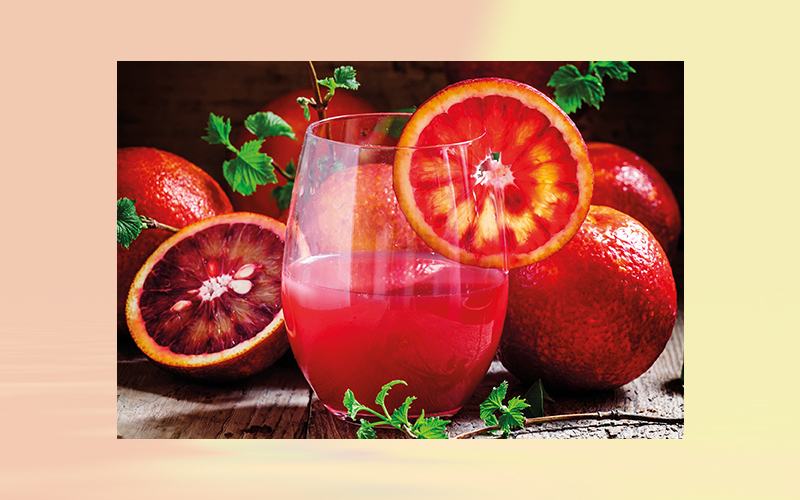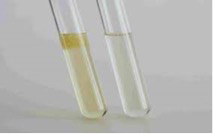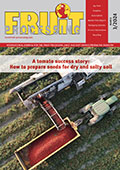New methods
IFU method #83 colour measurement in blood orange juices & IFU method #84 stability tests for clarified juices.

IFU method #83 colour measurement in blood orange juices
The colour of pigmented “blood” oranges is caused by the presence of anthocyanins. Cyanidin-3-glucoside is the main anthocyanin pigment seen in oranges with lower concentrations of other mono- and di-glycosides anthocyanins. The total concentration of the anthocyanin pigments varies depending on the variety concerned and seasonal climatic influences (a).
As the trade of blood orange juice and concentrates depends on their colour intensity, a unique and internationally accepted method for measuring their total concentration has been developed and is described in this method. It provides an analytical technique that can be used by both processors of blood orange juices and purchasers (such as bottlers) as a standard way of establishing specifications that does not rely on arbitrary visual appearance. It is a useful tool to avoid conflict between buyers and sellers.
The method works on the principle that anthocyanins pigments are completely extracted from the juice with a specified volume of acidified methanol. After centrifugation the pigment content is determined by measuring the extract’s absorbance at 530 nm against a solvent blank.
The method requires the use of a spectrophotometer capable of measuring at a wavelength of 530 nm, a centrifuge with sufficient speed to give a “g” force of 3000 g and other equipment and solutions typically found in a juice operational laboratory.
The method has taken 3 years to develop and was validated in 2016 with 18 participating international laboratories using blood orange samples.
IFU method #84 Stability tests for clarified juices

Fruit juices in their natural state are generally cloudy or turbid. However, most juices that are to be sold as concentrate are clarified during processing to allow their easy concentration to > 65 °Brix. If the enzymic treatments and/or clarification processes are not carried out correctly it can result in a hazy (slightly turbid) end product or one that develops a haze on standing. This will be unsightly to the consumer and may lead to complaints or claims.
This haze is often caused by insufficient or incorrect enzymatic treatments, improper clarification, fining or filtration due to a contamination with microorganisms. The haze often contains more than one substance and its most common causes of are microbial infections, phenolics, proteins, pectin, starch and metal ions.
The tests described in this method are either carried out during juice processing to assess the efficacy (efficiency) of the enzymatic and/or clarification steps or on the finished product to ensure that the appropriate treatments have been carried out correctly. They may also be carried out on blended materials to ensure that the mixture does not produce an unstable blend.
The main stability tests are:
- Detection of pectin in fruit juices (“Ethanol test”)
- Detection of starch in fruit juices (“Iodine test”)
- “Hot/cold stability test” (test for phenolic/protein compounds)
- “Acetone test”
- “Bento-test” for assessing the dosages of bentonite and gelatin required to give a “good” fining
- Determination of gelatin bentonite demand for proper fining (Proteins)
The method requires a turbidity photometer (turbidimeter), refractometer and other apparatus and reagents typically found in a well equipped juice operational laboratory.









